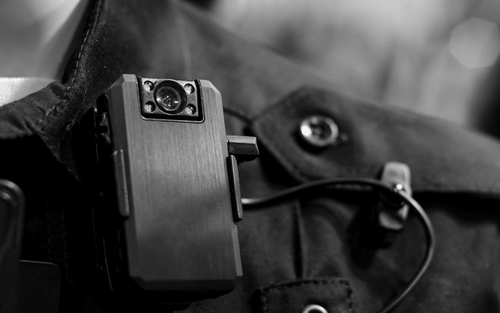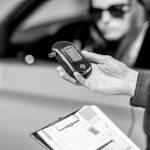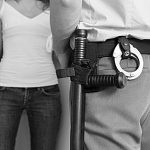Introduction
Most people are familiar with hit shows such as Cops and Live PD. Both shows utilize audio and video recordings captured by law enforcement officers. In today’s day and age, technology is constantly evolving. Most people are now familiar with devices like squad car videos and body cameras. But do all law enforcement officers have access to these devices? Are the devices always utilized? Unfortunately, the answer to both of those questions is no.
Body Cameras
Body cameras have been a hot topic recently in several high-profile cases. For example, body cameras were activated and used during the incident involving George Floyd. These videos, which were later released to the public, allowed the public to see exactly what happened leading up to Mr. Floyd’s death. However, in another high-profile case involving Breonna Taylor, the law enforcement officers executing the search warrant did not have body cameras. Some states and federal agencies require body cameras to be worn by law enforcement officers.
Body cameras are an important tool for all parties involved. Body cameras allow for complete transparency between law enforcement and citizens. In North Dakota, body cameras are hit or miss. Some small towns have them while other large cities, like Fargo, do not. It was not until recently that Cass County Deputies began wearing body cameras. Large departments such as the Fargo Police Department and West Fargo Police Department are still not utilizing body cameras as of the date of this blog. In Minnesota, body cameras are arguably more common. However, there are still agencies that do not have body cameras at this time.
While body cameras allow for complete transparency, they are useless if they are not properly utilized. Although there are several brands of body cameras, most of them share one common theme, simplicity of use. Even though these cameras are designed to be easily activated, law enforcement officers sometimes fail to turn them on. Law enforcement officers can also mute their cameras or turn them off when they do not want certain things recorded. In either event, the evidence will not be captured by the body camera.
Squad Car Cameras
Squad car cameras are also commonly used and record videos from both inside and outside of a patrol vehicle. These devices are also commonly referred to as “dash cams.” These devices also allow for transparency during an encounter between law enforcement and citizens. Squad car cameras also help determine issues such as reasonable suspicion to stop a vehicle or to determine whether excessive force was used by law enforcement. For example, a squad car video captured the encounter between law enforcement and Philando Castile.
Although there are several types of squad car cameras, most will activate in three typical scenarios. These scenarios are: 1) when the emergency lights are activated; 2) when the squad car travels at a high rate of speed; and 3) manually. Normally, squad car cameras are always running. As a result, once the camera is activated, it will go back thirty seconds and begin recording. Most departments have squad car cameras equipped in their patrol vehicles. Most of these cameras also have wireless microphones that can be attached to an officer’s vest to record audio outside of the vehicle.
Again, while these cameras allow for complete transparency, they still can be manually controlled by law enforcement officers. As such, law enforcement officers can turn off their squad car cameras and/or mute the audio. If a law enforcement officer fails to reactivate the video or audio, evidence will not be recorded.
Recording Devices
One of the final devices utilized by law enforcement officers are audio recording devices. These devices are generally small so they can be easily transported. As previously mentioned, some of these devices can be linked to squad car cameras. These audio devices are utilized to record interviews, interrogations, and other important conversations. Again, the purpose of these devices is to provide transparency and to document exactly what is said during a conversation between law enforcement and other parties. Like squad car cameras, most departments have access to recording devices and utilize them frequently. These devices again are controlled by the law enforcement officer, which raises possible issues if the device is muted or turned off.
In Conclusion
If you are charged with a crime, there is a strong probability that there is video/audio evidence. To properly ensure your rights were not violated, it may be in your best interest to contact an attorney to review the audio and video evidence in your case. For help with criminal matters in North Dakota or Minnesota, please contact our Criminal Defense Team at SW&L Attorneys in Fargo at 701-297-2890. For future articles, check out our blog. This article is for informational purposes only.









